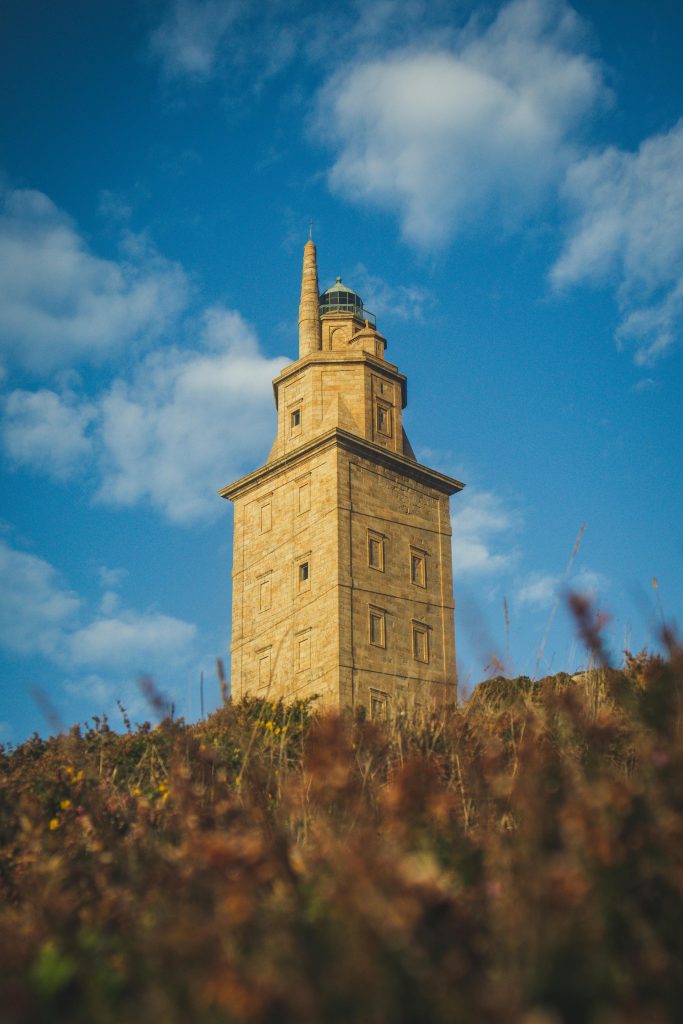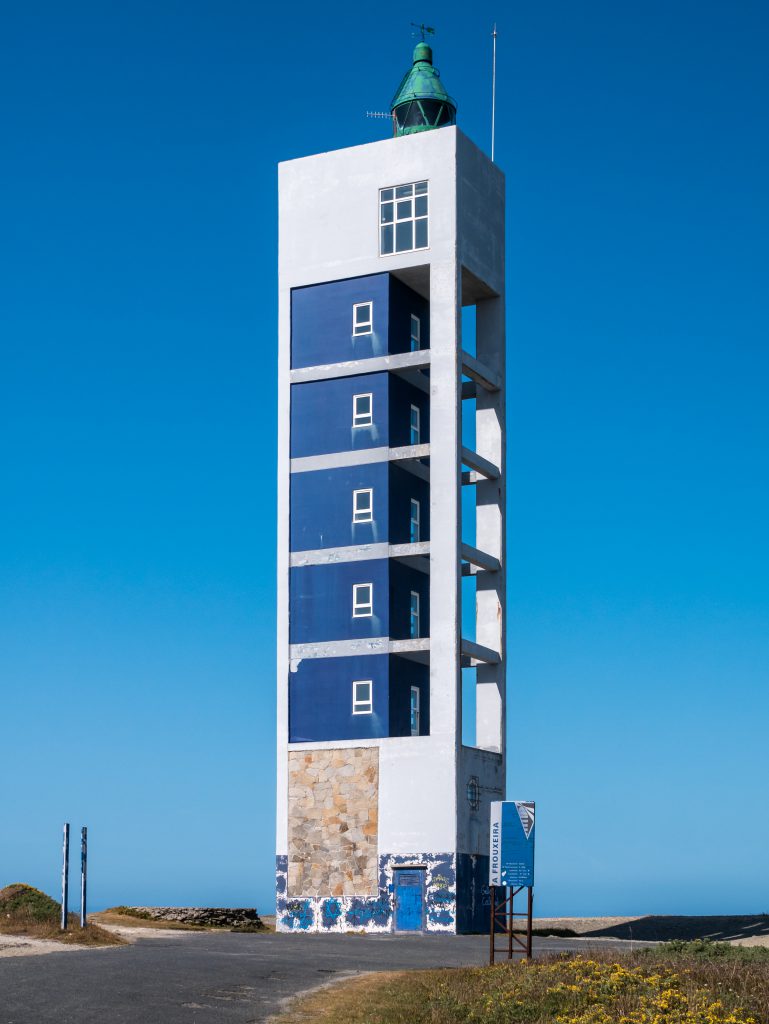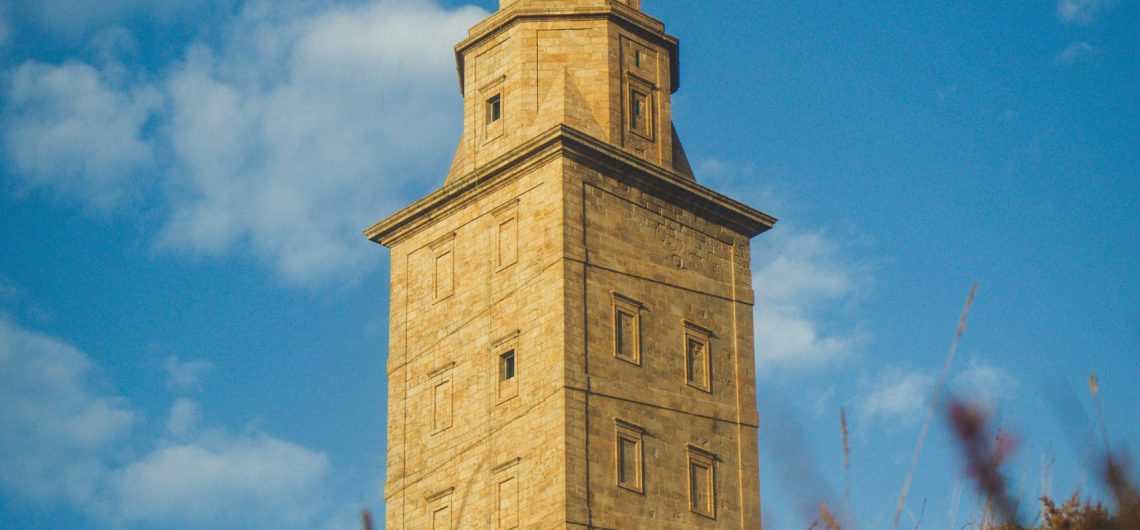Today, on World Lighthouse Day, the community of A Coruña celebrates its rich maritime heritage by highlighting the importance and history of its iconic lighthouses, ancient guardians of its coasts. From the ancient Tower of Hercules to the most modern Punta Frouxeira Lighthouse, these lighthouses have not only guided sailors through the centuries, but have also attracted tourists from all over the world.
The Tower of Hercules
The Tower of Hercules, a UNESCO World Heritage Site, is the oldest operating lighthouse in the world. Originating in the 1st century, this lighthouse is not only a landmark for sailors, but also an emblematic symbol of the city. Today, visitors and locals flock to this site to learn about its history and enjoy the panoramic views offered by its viewpoint.

Galicia, the land of 44 lighthouses
In addition to the Tower, the A Coruña region has other 44 significant lighthouses who stand as guardians of the sea. These lighthouses are not only essential for navigation and maritime safety, but are also a key tourist attraction, offering panoramic views and rich maritime history.
This set of lighthouses attracts tourists and naval history enthusiasts from around the world, providing a unique glimpse into life on the Galician coast.
The region is proud of this heritage and continues efforts to preserve these luminous symbols that have guided sailors through the centuries.
The history of Punta Frouxeira
The Punta Frouxeira Lighthouse, also known as the Valdoviño Lighthouse, stands majestically along the rugged coast of Galicia in northwest Spain. This modern beacon was first illuminated in 1992, making it one of the newer lighthouses in Spain, but it quickly became an iconic symbol of navigation and safety in the region.
Located in the municipality of Valdoviño, the lighthouse was constructed to enhance maritime safety along a particularly treacherous stretch of the Atlantic coast known for its rough seas and rocky shores. The area, notorious for shipwrecks, demanded a modern solution to ensure the safe passage of vessels navigating near the Galician coast.

The structure of Punta Frouxeira Lighthouse is notably modern with a cylindrical design that rises to a height of approximately 14 meters. Its lantern emits a light that can reach up to 23 nautical miles, serving as a crucial guide for maritime traffic. The lighthouse’s automated features mean it does not require a permanent keeper, which is a sign of modern advancements in lighthouse technology.
Besides its functional role, Punta Frouxeira Lighthouse has become a popular destination for tourists and locals alike. It offers breathtaking views of the dramatic Atlantic Ocean and the surrounding natural landscape. The lighthouse is accessible by a scenic road and provides visitors with an opportunity to explore the nearby trails and beaches, making it not only a vital maritime facility but also a cherished landmark.
The Punta Frouxeira Lighthouse continues to serve as a testament to Galicia’s commitment to maritime safety and its embrace of modern technology, all while offering a window into the stunning natural beauty of the region.
Celebrating the World Lighthouse Day
World Lighthouse Day is celebrated by organizing guided tours, photography exhibitions and talks on the maritime history of the region. These events seek to not only educate about the importance of lighthouses in maritime safety, but also highlight their role in local culture and tourism.
“The lighthouses of our region are more than mere points of light; they are living testimonies of our maritime history and culture. Through them, we not only safeguard our coasts, but we also preserve our history for future generations,” says the director of the Maritime Museum of A Coruña.
With initiatives ranging from conservation to education, A Coruña continues to honor its legacy as a city of lighthouses, ensuring that these historic structures remain beacons of culture and history in the Galician landscape.

